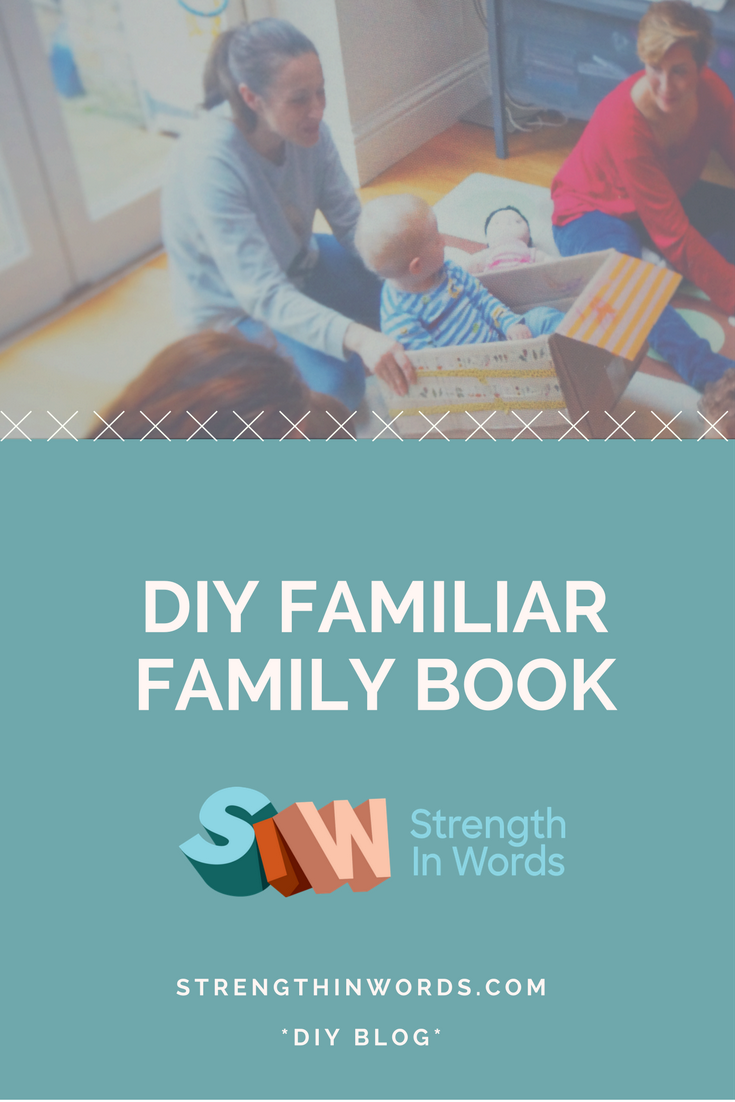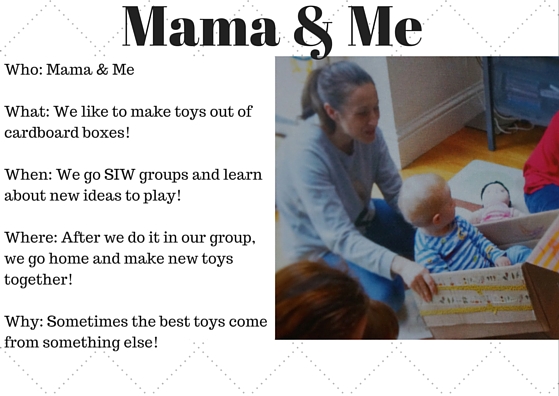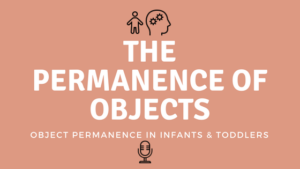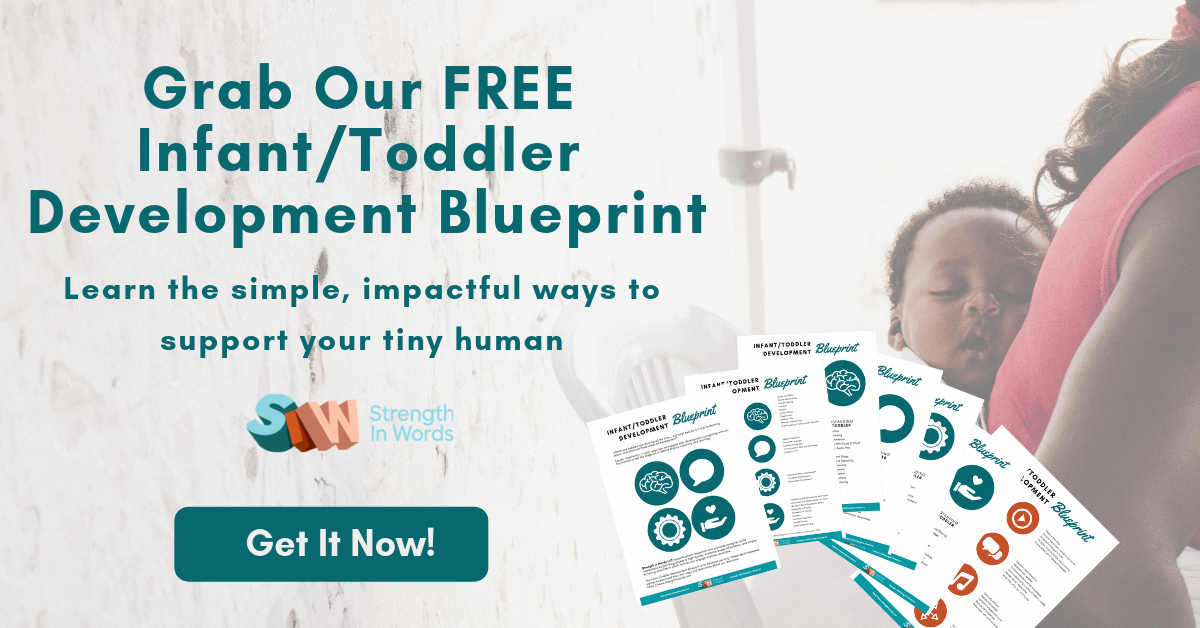“Just before my son’s first birthday, I went back to work full-time and we placed him in day care.
It felt like a total disaster for the first few weeks… and I couldn’t understand why it was so difficult for him, when my best friend’s son had done the same thing at 6 months with no issues!
My boy was older, more developed, so it felt like this reaction was more emotionally immature! I didn’t know about ‘object permanence’ until later.”
Have you heard the term “object permanence?”
It’s a concept within the realm of early child development having to do with cognitive skill development, as well as social/emotional development.
In the corresponding podcast episode “The Permanence of Objects,“ we discussed the fact that a baby around the age of 8 months has typically started to develop a rudimentary understanding of ‘object permanence.’
Essentially, this is the knowledge that people (like you) exist even when not in view.
This very powerful realization also has to do with the fact that a little one of this age is making some headway in the development of his own “self-concept” and identity.

It’s a very important part of a baby’s understanding of the world and his place within it, but it often tends to create a sense of panic when a familiar adult disappears.
Imagine, realizing that your most important caregiver and supplier of all things good can get up and leave – without having any knowledge of where that person has gone or when they’ll come back… young babies are still learning about what’s normal in familiar environments.
And when their concept of the world broadens, they are looking – more than ever – for consistency and for familiar patterns of behavior from which they can learn again about routines that they can count on to feel safe and secure in a big world.
Within the episode, we modeled one useful and simple way to help ease the separation anxiety that is often associated with the passing of this developmental milestone: the DIY “Familiar Family Book.”


Don't Miss our Corresponding Podcast Episode!

Materials to create your DIY familiar family book:
- A photo album OR binder with sheet protectors
- An assortment of photographs representing your little one with primary caregivers doing fun and familiar things he/she enjoys
- A pen & paper/sticky note OR printed out document describing each photo
Instructions to create your DIY familiar family book:
- Once you have selected your photographs, place one on either the left or right side of the album.
- On the other side of the album (the other open page facing the photograph), place a description of that photograph, with simple answers to “who / what / when / where / why” questions that will serve as conversational prompts
- Make your “Familiar Family Book” available for your little one to access any time it is desired within your home, whether you are present or not
- Make your “Familiar Family Book” available to less familiar caregivers as a tool for them to get to know your child and your family, as well as a useful tool for distraction once you’ve left.
- When reading the book or looking at the photographs, try to incorporate little songs or musical experiences, like the ones we exemplify in our podcast episode.
Ages
- A book like this can be enjoyed by all ages, and can be a very useful tool for new/less familiar caregivers to get to know a young child, his interests, and the types experiences his environment offers.
- Particularly around the age of 6 months to the 1 year mark, when the concept of “object permanence” is likely to develop, giving an infant the tools to engage with photographs and stories about his favorite experiences and favorite people is a great way to support all types of development. This is one tool to help him build a mental representation of people and of previous experiences – a critical skill in the development of object permanence.
This post contains affiliate links. All activities described by Learn With Less assume close and continuous supervision of the child by an adult.


Lovely idea.
Thanks for sharing with #LetKidsbeKids
Thanks for having me!